I am dissecting a design and I'm trying to wrap my head around the design pictured below. It is based on the TL064C amplifier and takes in single ended audio and outputs single ended audio as well.
What kind of amplifier is this?
I believe R15/C1 & R16/C2 are RC filters, for what it's worth.

